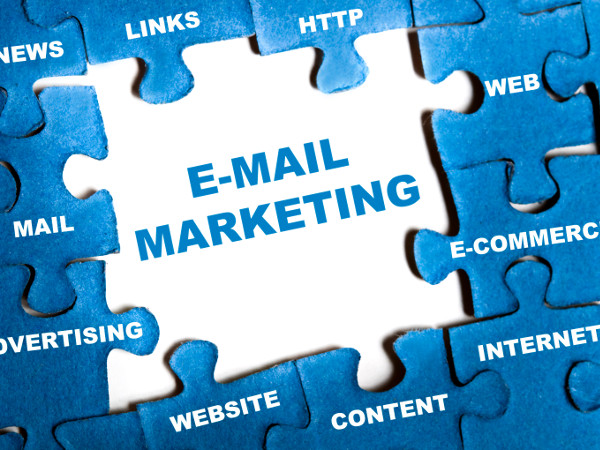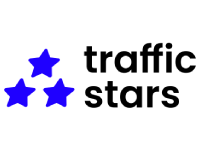Improving Your Bulk Emailing Practices
Judging how successful your email campaigns are is easy enough, but making improvements on a regular basis and increasing your return on investment can be a bit more difficult. However, with some fresh insight and a little bit of planning, small changes can have a huge impact.
List growth
We rarely think about list growth, but the larger the list, the more revenue it can generate. We tend to email the we have without considering our list is shrinking every time we send, as well as getting older and less valuable with every passing month. In order to sustain your business model, you need to continue grow your email list.
What are you doing to increase the size of your contact lists?
Most likely your original contact list came from past customers. You are emailing your past customers to get them to return, but are you doing anything to attract new customers? Do you have a sign-up form on your main site? Have you ever included a “share with a friend” link in your emails, so recipients can share your message?
The more people you email, the more people who will see your message, so it’s important to increase your contact lists as much as you can.
Tracking
All of us are involved in some kind of tracking when sending bulk email. At the very least, we look at how many emails were sent, the overall open rate and the bounce rate. But do you really take a good look at your tracking?
Most people look at bounces, but do you really look at the bounces and why they bounced? Did they bounce because of content or because they were labeled as spam? If an entire email provider such as Gmail or Hotmail has blocked you due to spam or content issues, you need to figure out why and fix the problem quickly. Do you have email addresses that are bouncing because they do not exist, or because they are obviously typos such as gmmail.com?
Pay attention to why your emails are bouncing and work to fix the problems. Fewer bounces mean potentially more eyes on your message.
Click-through rate
We all want to think if we have a 20-percent open rate, we should have a 15-percent click-through rate. We all know that is never the case. If your click-through rate is very low, you might want to look at why.
Usually, a low click-through rate is because you are trying to sell the customer something they do not want. Think about how your customer came to be on your contact list, and what they may want. If you believe you are selling them what they want, perhaps it’s not as good a deal as they might want.
There are other potential issues with click-through rates. Have you tried a more personal approach, including using the customer’s name in both the subject line and email body? Did you make a promise in the subject line and then fail to deliver in the email itself? Have you used any naughty words that are turns-off, such as “sale,” “free membership,” “apply online” or “get it now”? These are so common we tend to ignore them as we read.
Give thought to what product you are trying to sell, what customers may want to buy and the value of the offer to them, not you.
Conversion rate
Once customers have clicked through to your site, are you able to convert them? Do you have a lame, ancient landing page that does little to get and keep a viewer’s attention?
Do you do any A/B testing on your landing page? I’ve worked with one company recently that noticed a green join button increased conversions by more than 30 percent. Once you have customers’ attention, you need to get them to convert.
Less is more
Everyone is surprised when I tell them they need to clean up and downsize their lists. This goes against the concept of “list growth” mentioned above. You always need to grow your lists, but at the same time you want to be sending emails to people who open them. Quality is better than quantity. What is the point of sending email to two million people when only 20,000 are going to open it and read it? Why not just send to those 20,000 people?
One of the tricks we use at YNOT Mail is triggers. The system detects when someone opens an email, and the action triggers moving the email address to a “clean” list. The end result is you have two lists: the original list of people who haven’t opened your email, and the list of people who have opened your email. You can email the list of those who have opened your emails in the past. You might be mailing fewer people, but the campaign will be much more effective and your open rate will increase dramatically.
While this is effective, it has the added value of making you look like a much better sender. That’s never a bad thing in the eyes of ISPs and spam monitors.
Richard Buss is the senior account manager for YNOT Mail and director of products and services for YNOT Group LLC.
One Comment
Leave a Reply
You must be logged in to post a comment.



















Pingback: Improving Your Bulk Emailing Practices – TripleXers Blog